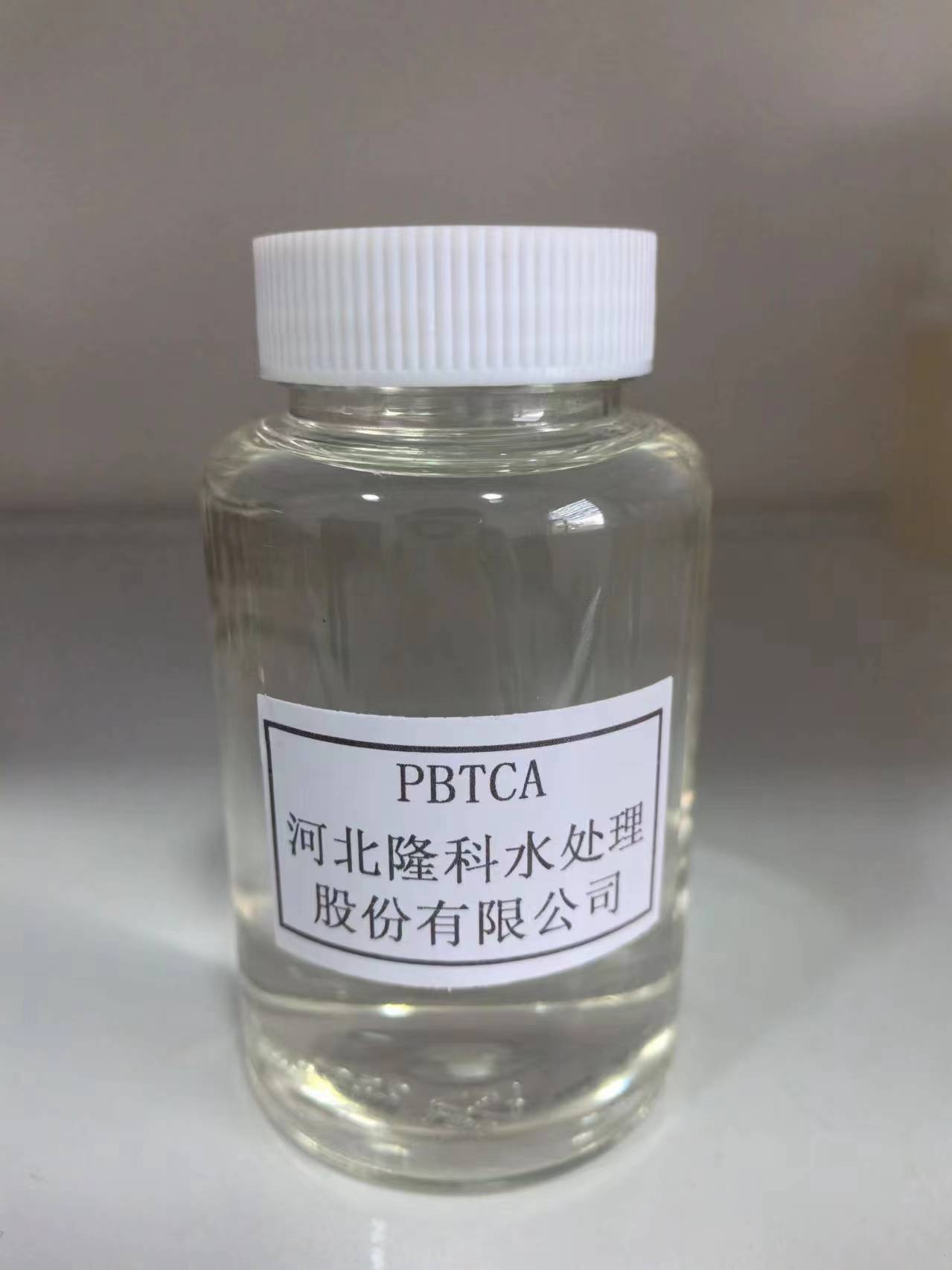Exploring the Applications and Benefits of Polyhydroxycarboxylic Acids in Various Industries
Polyhydroxycarboxylic acids (PHCAs) represent a fascinating class of organic compounds that have garnered significant interest in various fields, including chemistry, biotechnology, and materials science. These compounds are characterized by the presence of multiple hydroxyl (-OH) and carboxyl (-COOH) functional groups in their molecular structure. The unique combination of these functional groups imparts a range of intriguing properties that position PHCAs as valuable candidates for numerous applications.
One of the most notable PHCAs is gluconic acid, which is naturally derived from the oxidation of glucose. Gluconic acid holds a prominent place in the food and pharmaceutical industries due to its applications as a mild acidulant, a sequestrant, and a pH regulator. Additionally, it serves as a precursor for diverse biotechnological processes, including the production of biodegradable polymers.
In recent years, the interest in PHCAs has surged owing to their role in green chemistry and sustainable materials development. Due to their biodegradable nature, PHCAs can be utilized as environmentally friendly alternatives in place of traditional petrochemical-derived products. For example, the polymerization of PHCAs can yield biocompatible materials that are advantageous for packaging, drug delivery systems, and other biomedical applications.
polyhydroxycarboxylic acid

Furthermore, the multifunctionality of PHCAs enables the design of complex molecular architectures through various synthetic approaches. This feature has led to the development of novel materials, such as hydrogels and nanocomposites, which exhibit enhanced mechanical and thermal properties. The ability to tune the physical and chemical characteristics of these materials opens up possibilities for tailored applications in industries ranging from construction to electronics.
Moreover, the potential of PHCAs in renewable energy applications is an ongoing area of research. They can be integrated into biofuel production processes and used as intermediates in the synthesis of energy-efficient materials, showcasing their versatility and importance in addressing environmental challenges.
In conclusion, polyhydroxycarboxylic acids stand at the intersection of innovation and sustainability
. Their multifaceted properties not only make them integral to current industrial practices but also hold promise for future advancements in environmentally friendly technologies. As research continues to uncover new applications and methods for utilizing PHCAs, their significance in chemistry and materials science is poised to grow even further.-
Understanding Polycarboxylic Acids: Properties, Applications, and Future PotentialNewsJul.28,2025
-
Scale Inhibitor Explained: How to Protect Your System from Limescale and Hard Water DamageNewsJul.28,2025
-
Scale and Corrosion Inhibitors: Essential Chemicals for Industrial Water System ProtectionNewsJul.28,2025
-
Polyaspartic Acid: A Biodegradable Polymer for Sustainable ChemistryNewsJul.28,2025
-
Isothiazolinones: A Versatile Antimicrobial Class with Industrial Power and Regulatory ChallengesNewsJul.28,2025
-
A Deep Dive into 2-Phosphonobutane-1,2,4-Tricarboxylic Acid (PBTC)NewsJul.28,2025





